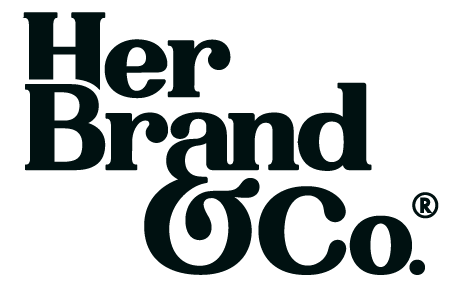
The Her Brand & Co. Blog
The latest isms on marketing and branding for female founders, the She Fails Forward Podcast, and what’s happening with us at Her Brand & Co.

4 Steps to Crafting a Successful Holiday Marketing Plan: A Guide for Early-staged Female Founders

5 Key Ingredients for Writing that Connects with Your Audience & Builds Trust

Embrace Inbound Email Marketing: The Secret to Connecting with Your Audience

